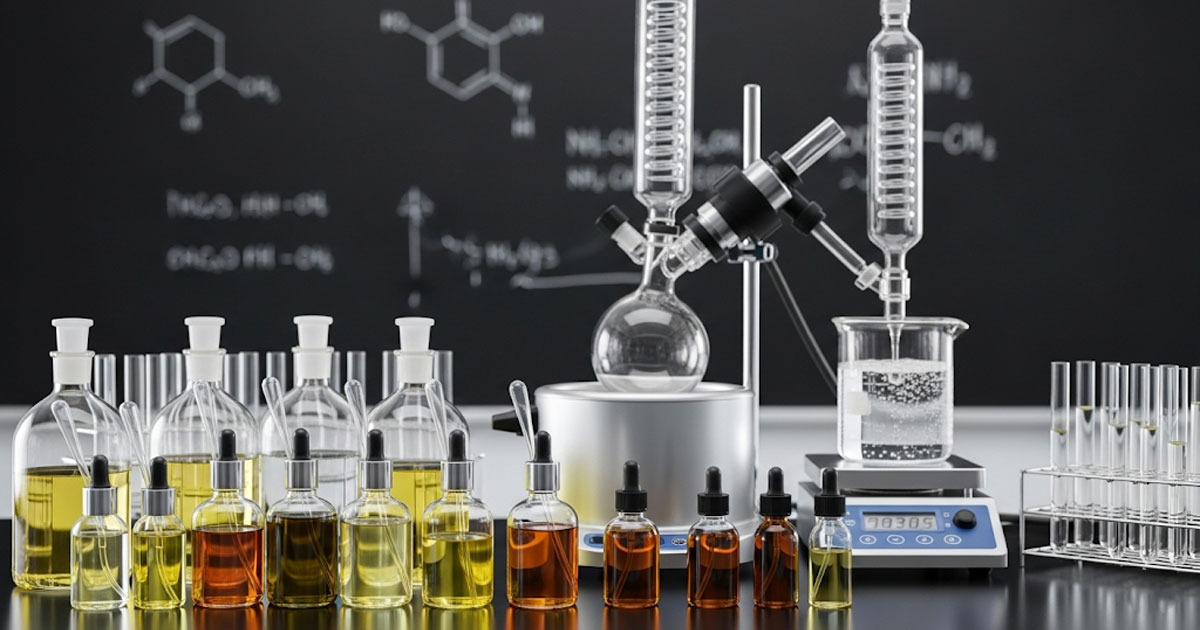The Rise of Refillable Hygiene Products in a Circular Economy
In recent years, the hygiene and personal care sector has witnessed a sharp pivot towards sustainability, fueled by growing environmental awareness and regulatory pressures. Among the most impactful innovations are refillable hygiene products, which are now being embraced by manufacturers, retailers, and end-users alike.
These solutions are gaining traction as businesses seek scalable ways to reduce plastic waste and appeal to eco-conscious consumers. Driven by a shift in purchasing behavior, consumers are increasingly prioritizing product reusability and sustainable packaging.
This trend aligns with broader movements toward zero-waste lifestyles and the circular economy. As a result, both startups and legacy brands are investing in systems that make hygiene product refills seamless, hygienic, and economically viable.
From refill stations in retail environments to subscription-based bulk deliveries, the refillable model is not only reducing the environmental footprint but also building customer loyalty. A well-executed refill program reinforces brand trust, especially when supported by transparent supply chain communication and measurable impact metrics.
Packaging Innovation as a Catalyst for Sustainable Hygiene
Moving Beyond Single-Use: Rethinking Material Choices
The packaging industry is undergoing a critical transformation to meet sustainability benchmarks, especially in sectors where hygiene and safety are paramount. Innovations in material science are enabling the shift from virgin plastics to biodegradable polymers, post-consumer recycled (PCR) content, and reusable containers.
For refillable hygiene products, the durability and sterility of packaging materials are essential. Companies are experimenting with high-barrier refill pouches made from multilayer films that ensure product integrity while reducing material usage. Others are developing refill pods with compostable outer shells, aimed at eliminating the need for traditional packaging altogether.
Metal, glass, and durable PET are also returning to the spotlight as materials for primary containers. While cost and logistics remain concerns, consumer willingness to invest in longer-lasting, aesthetically appealing containers has created room for premiumization within this category.
Regulatory Compliance and Design for Reuse
Complying with international packaging regulations requires more than reducing plastic volume it demands thoughtful design for reusability and recyclability. Standards such as Extended Producer Responsibility (EPR) are now prompting brands to consider full lifecycle impacts in their packaging decisions.
Product design teams are adopting modular approaches that separate dispensers from containers, enabling consumers to reuse core components repeatedly. Clear labeling, easy disassembly, and compatibility with multiple refill systems enhance consumer usability and promote environmental compliance.
Some manufacturers are even developing “smart packaging” that tracks refill frequency or usage data, supporting more efficient product lifecycle planning. These advances position refillable hygiene solutions not just as eco-friendly, but as smarter alternatives to traditional formats.
Market Forces Driving Adoption of Sustainable Hygiene Solutions
Consumer Demand and Retailer Participation
The proliferation of refill stations in grocery chains, pharmacies, and specialty stores indicates strong market demand. According to recent market analysis, over 60% of consumers are willing to switch to refillable hygiene products if given convenient access and price parity.
Retailers are responding by allocating dedicated shelf space to refill brands and forming partnerships with bulk suppliers. This approach not only reduces shipping and storage costs but also increases repeat visits by encouraging consumers to return for refills.
Subscription-based refill models are another growth area. By delivering concentrated formulas and refill cartridges to consumers’ doors, brands reduce transportation emissions and packaging volume key metrics for sustainability-conscious stakeholders.
Opportunities for B2B and Institutional Hygiene
Beyond the consumer market, bulk refill systems are rapidly expanding into B2B sectors such as hospitality, healthcare, and public institutions. Facilities benefit from reduced procurement costs and simplified waste management.
Wall-mounted dispensers, industrial-sized refills, and customizable fragrance options cater to specific branding and operational needs. Additionally, sustainability certifications are now influencing procurement decisions, with refillable hygiene systems increasingly seen as value-added solutions.
Companies that supply raw materials and formulation bases also play a key role in scaling these systems. By offering concentrated hygiene bases and bulk packaging solutions, they enable downstream producers to customize, brand, and distribute sustainable offerings more efficiently.




